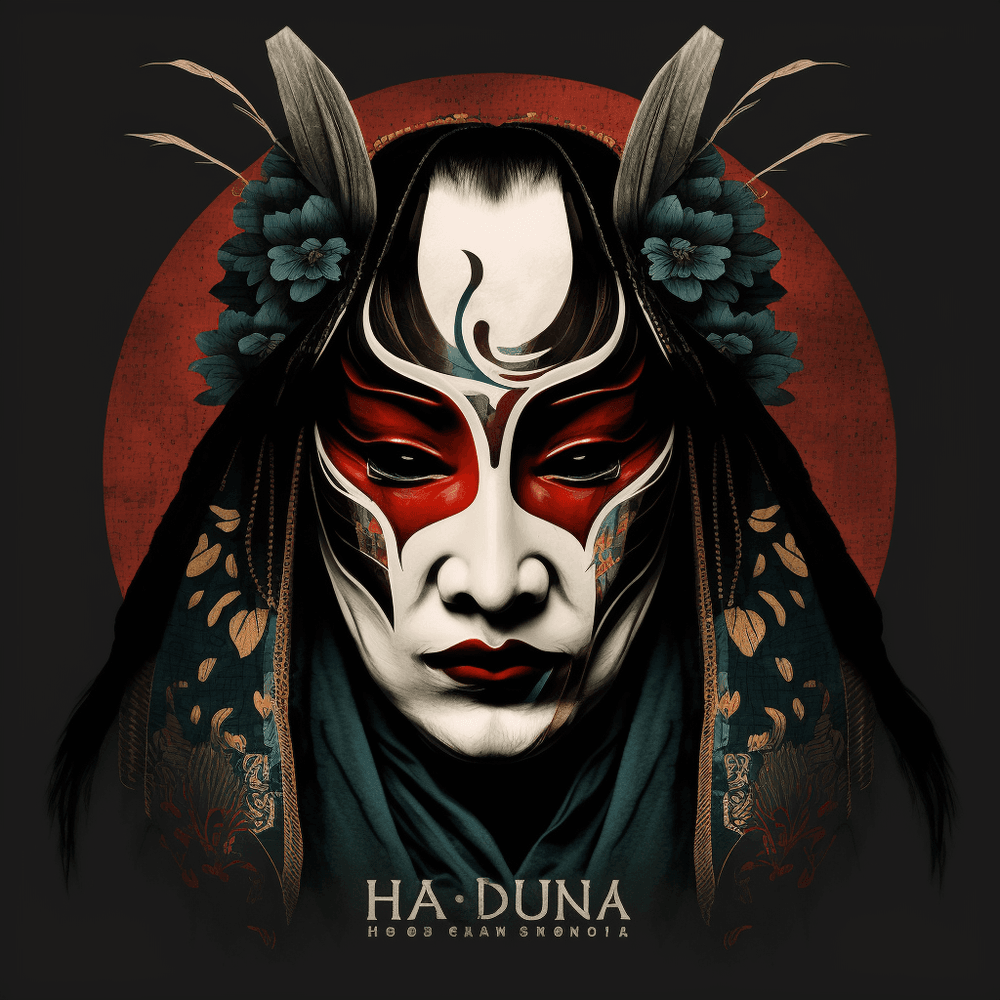

Kyogen in the Heian period was a form of Japanese theater that was loved and widely enjoyed by emperors, samurai families, and court nobles. The aristocrats of the Heian period were particularly active in the use of kyogen as an entertainment at court banquets and events.
In the latter half of the Heian period, the emperor's family also began to enjoy kyogen. Emperor Goichijo of the mid-Heian period is said to have enjoyed kyogen, inviting kyogen performers to his court. Emperor Go-Shirakawa also loved kyogen and often included kyogen in court events.
Among the warrior clans, the Minamoto and Taira clans were also enthusiastic about kyogen. Minamoto no Yoritomo and his wife, Hojo Masako, also loved kyogen, and are said to have invited kyogen performers to their estates to put on events.
The court nobles also began to enjoy kyogen from the mid-Heian period onward. They sometimes performed kyogen at their homes, and it was common for court nobles to have retainers who were familiar with kyogen. The court nobles also took an interest in kyogen staging and costumes, contributing greatly to the development of kyogen.
Even today, Kyogen is loved by many people as a traditional performing art. The history of Kyogen, which began with the aristocrats of the Heian period, has been handed down to the present day and will continue to expand with the addition of new talent and new methods of expression.
This text short summary. Kyogen is a form of Japanese theater that developed between the late Heian Period (794-1192) and the Kamakura Period (1192-1333). Kyogen is known as one of the traditional Japanese performing arts along with Noh and Kabuki.
Kyogen is a short comical play intended primarily to induce laughter. Characters often reflect human desires and predicaments, and their characteristic dialogue and movements are appealing. Kyogen also contains elements of tea ceremony, flower arrangement, and martial arts, reflecting its cultural background.
Kyogen in the Heian period was originally performed at court banquets and later spread to the general public. By the end of the Heian period, professional performers called Kyogen actors emerged and Kyogen became a specialized form of theater.
HEIAN_PERIOD#能𠀋001

- 価格米ドル価格数量有効期限送信元
- 価格米ドル価格数量最低価格差有効期限送信元
Kyogen in the Heian period was a form of Japanese theater that was loved and widely enjoyed by emperors, samurai families, and court nobles. The aristocrats of the Heian period were particularly active in the use of kyogen as an entertainment at court banquets and events.
In the latter half of the Heian period, the emperor's family also began to enjoy kyogen. Emperor Goichijo of the mid-Heian period is said to have enjoyed kyogen, inviting kyogen performers to his court. Emperor Go-Shirakawa also loved kyogen and often included kyogen in court events.
Among the warrior clans, the Minamoto and Taira clans were also enthusiastic about kyogen. Minamoto no Yoritomo and his wife, Hojo Masako, also loved kyogen, and are said to have invited kyogen performers to their estates to put on events.
The court nobles also began to enjoy kyogen from the mid-Heian period onward. They sometimes performed kyogen at their homes, and it was common for court nobles to have retainers who were familiar with kyogen. The court nobles also took an interest in kyogen staging and costumes, contributing greatly to the development of kyogen.
Even today, Kyogen is loved by many people as a traditional performing art. The history of Kyogen, which began with the aristocrats of the Heian period, has been handed down to the present day and will continue to expand with the addition of new talent and new methods of expression.
This text short summary. Kyogen is a form of Japanese theater that developed between the late Heian Period (794-1192) and the Kamakura Period (1192-1333). Kyogen is known as one of the traditional Japanese performing arts along with Noh and Kabuki.
Kyogen is a short comical play intended primarily to induce laughter. Characters often reflect human desires and predicaments, and their characteristic dialogue and movements are appealing. Kyogen also contains elements of tea ceremony, flower arrangement, and martial arts, reflecting its cultural background.
Kyogen in the Heian period was originally performed at court banquets and later spread to the general public. By the end of the Heian period, professional performers called Kyogen actors emerged and Kyogen became a specialized form of theater.